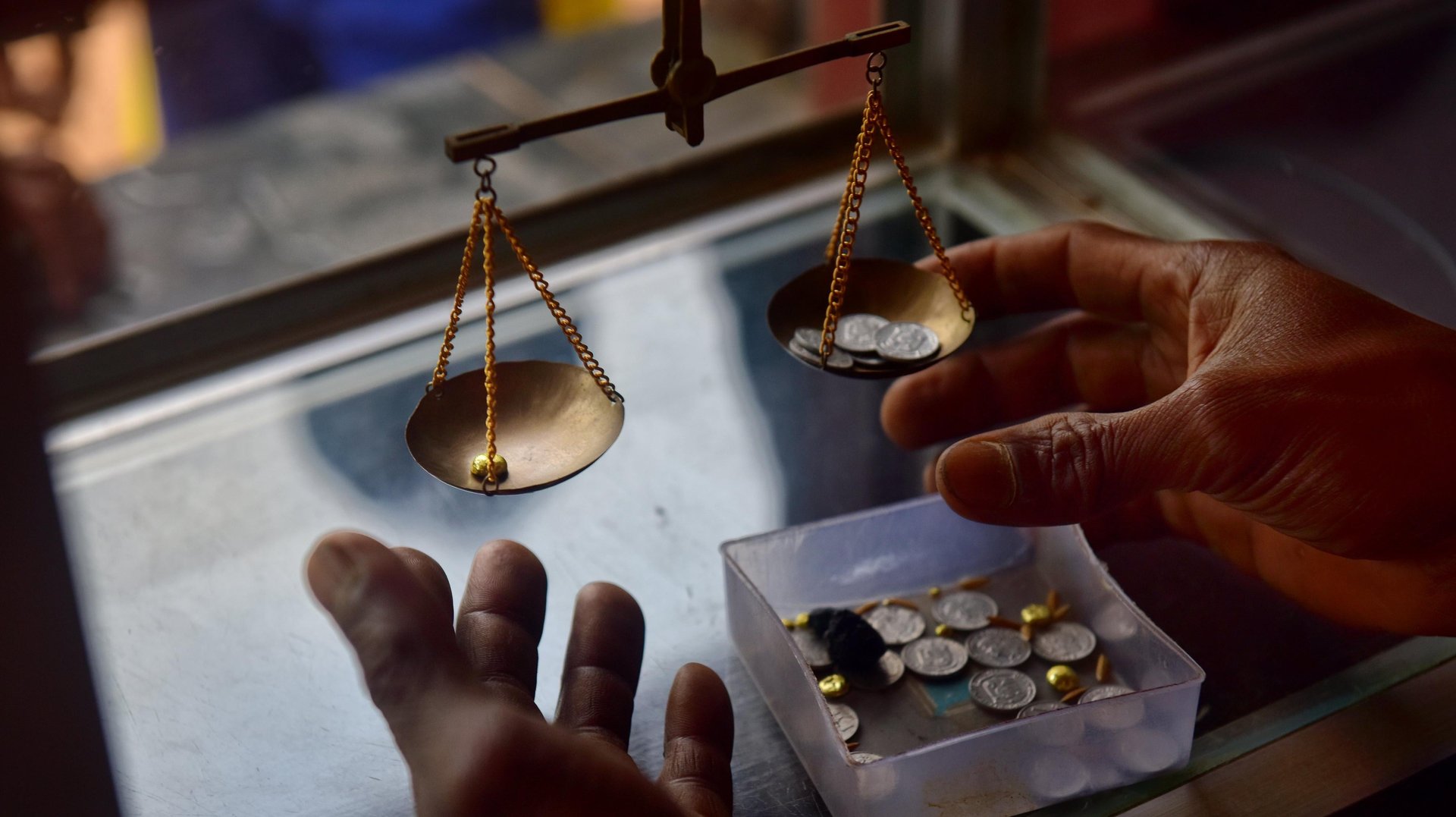Gold prices hit a new record. Here's why
Increased inflation with no interest rate hikes (or cuts) is spurring a rush to cash alternatives

Gold is trading near yet another record high: In early Monday trading, the price was at $2,250 a troy ounce.
Suggested Reading
An explanation for the latest excitement? Inflation.
Related Content
One common feature of gold rallies is the thought that inflation is high and may get higher. When that happens, money becomes worth less because it buys less. At a time like right now, when central banks are reluctant to raise interest rates that would make people feel better about keeping their holdings in cash, commodities like gold become an attractive alternative because they’ve become a recognized store of value over the centuries.
In the U.S., the February reading of the Federal Reserve’s preferred inflation gauge, an index tied to personal consumption expenditures (the prices people pay for goods and services), came in 2.5% higher than the same time last year. That’s a slight increase from January’s 2.4%, and higher still than the Fed’s preferred 2% rate.
Fed Chair Jerome Powell says that inflation is not coming down fast enough to cut rates, and that he is in no rush to do so, no matter how badly markets would like for the opposite to be true. No rate hikes and no rate cuts leaves the dollar in limbo. The DYX index, which acts a gauge for investor interest in the currency, is up just 4% this year.
“I think the U.S. dollar will also get ahead and historically has an inverse relationship with gold,” said Jonathan Awde, president and CEO of mining company Dakota Gold Corp., at a recent investment conference. “So I think the setup is there and I think it’s a really interesting time to be looking at gold if you currently have no exposure.”
Despite its new heights, however, gold is still getting beat by the S&P 500 stock index this year. The former is up 8%, the latter is up 10%.
